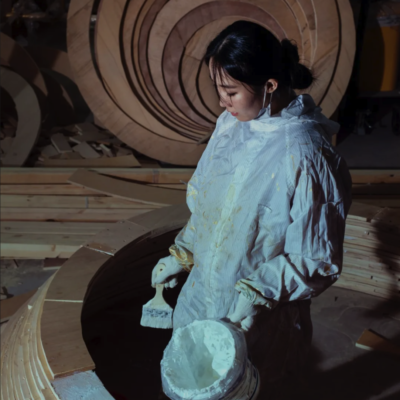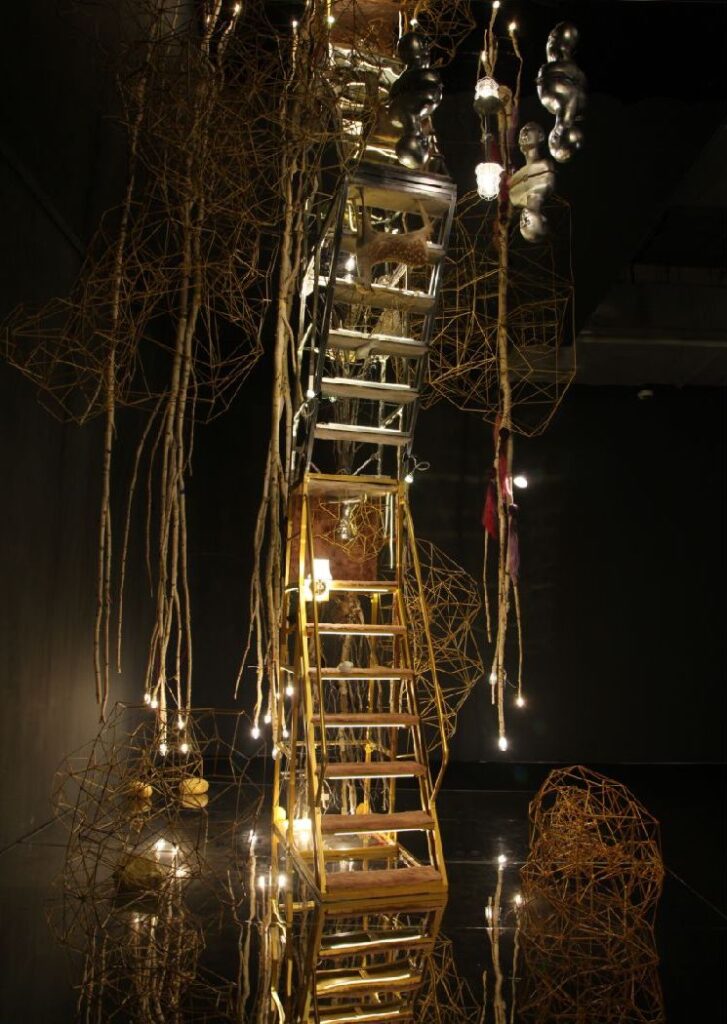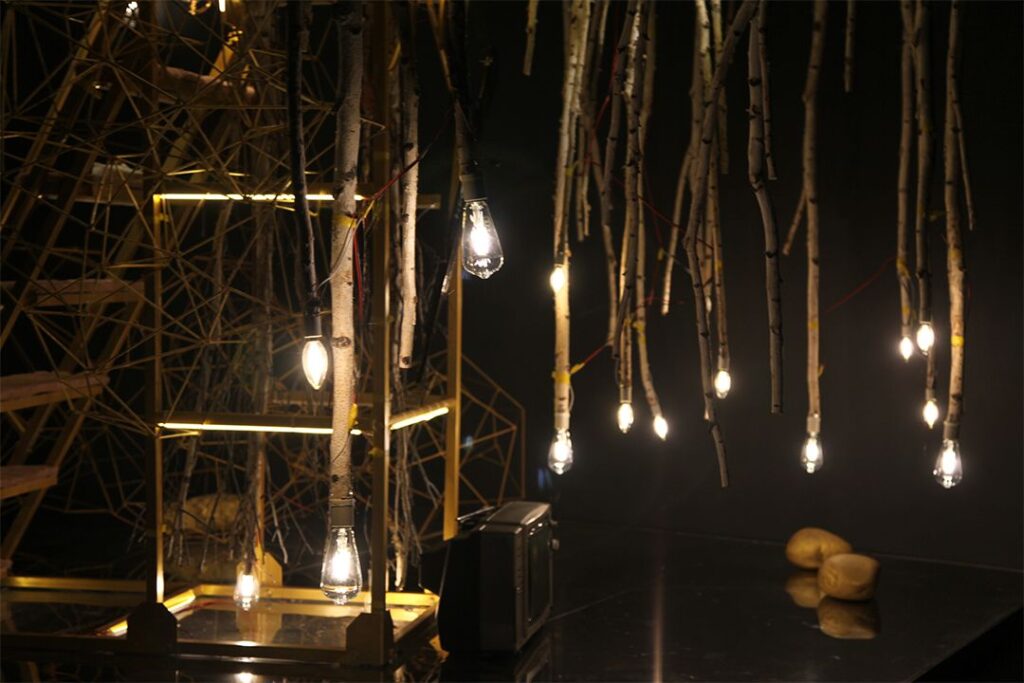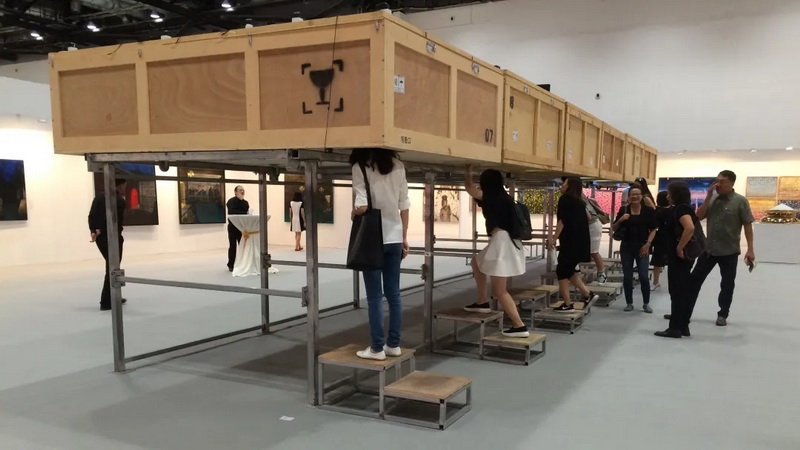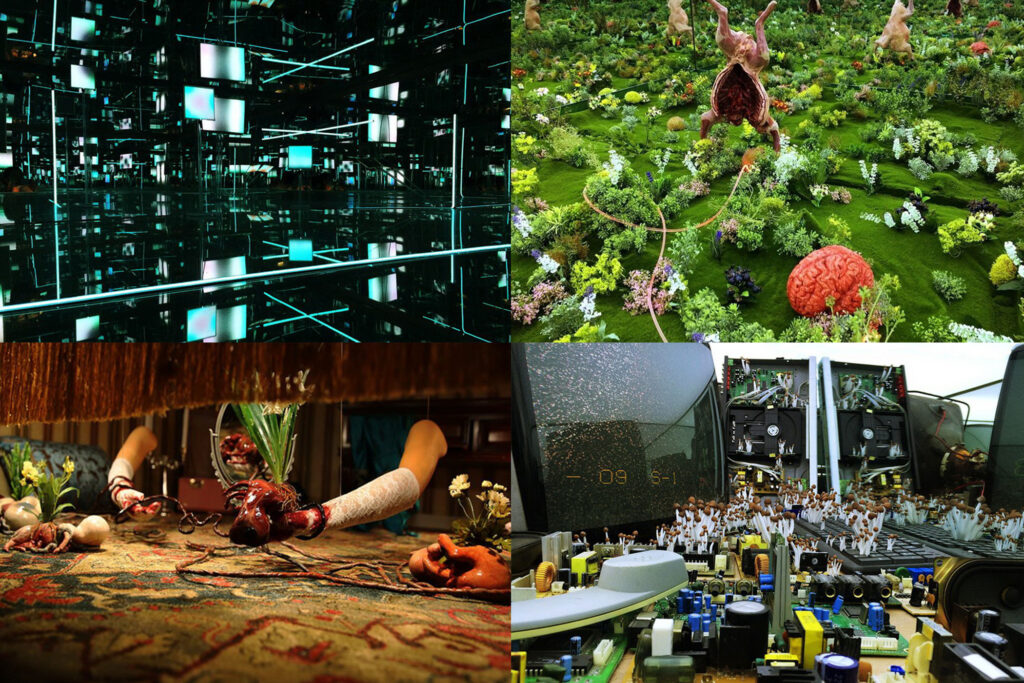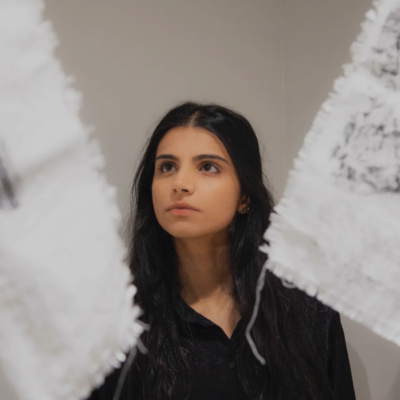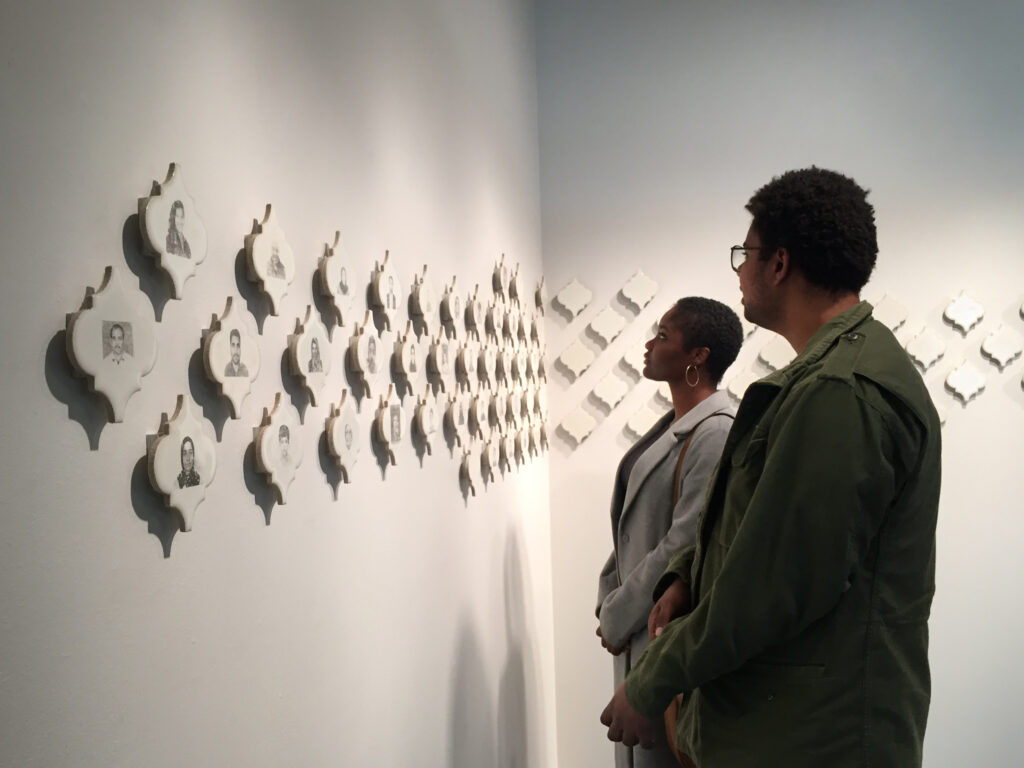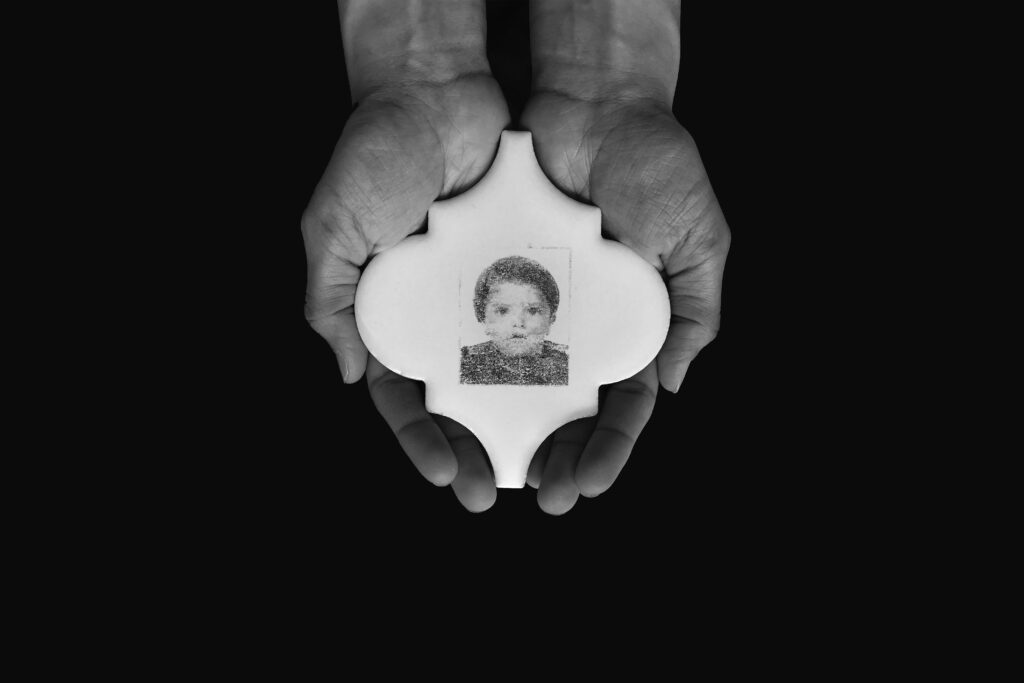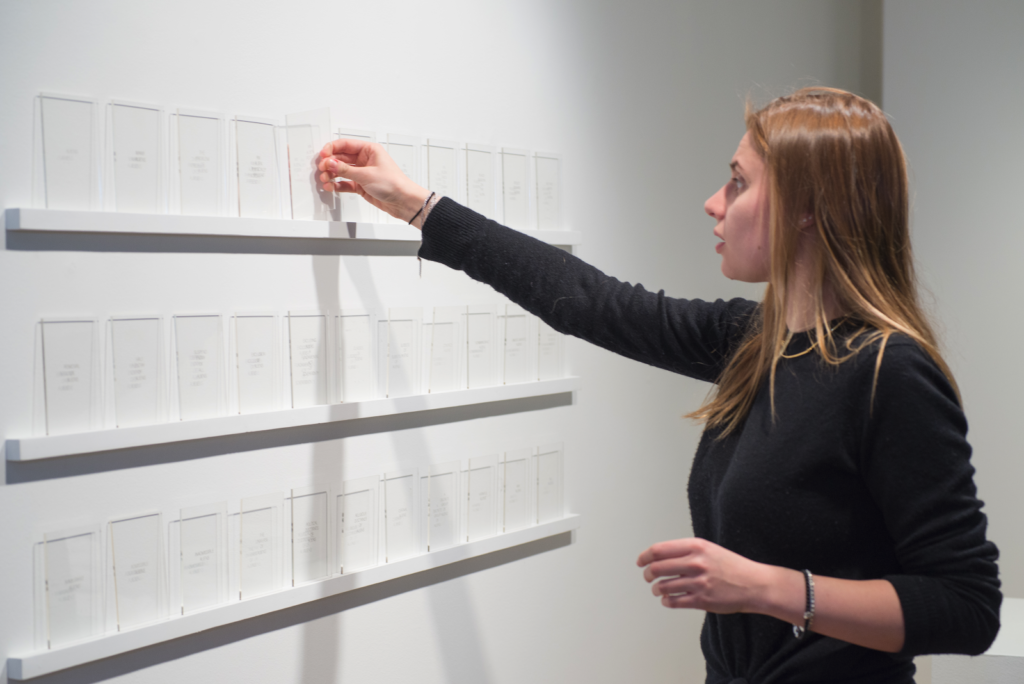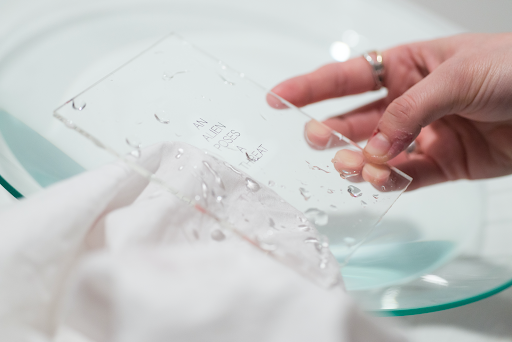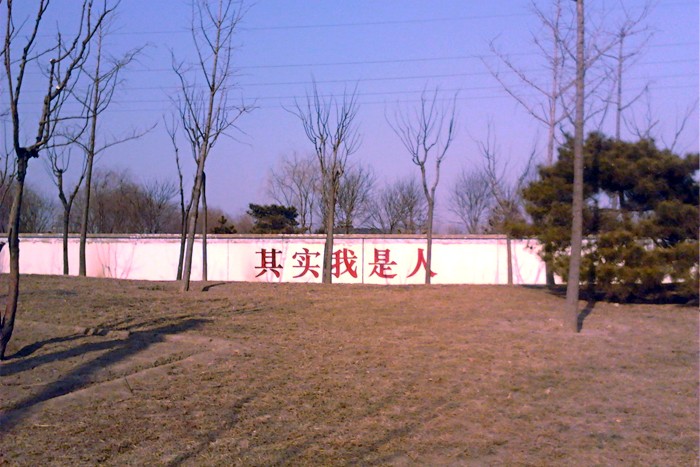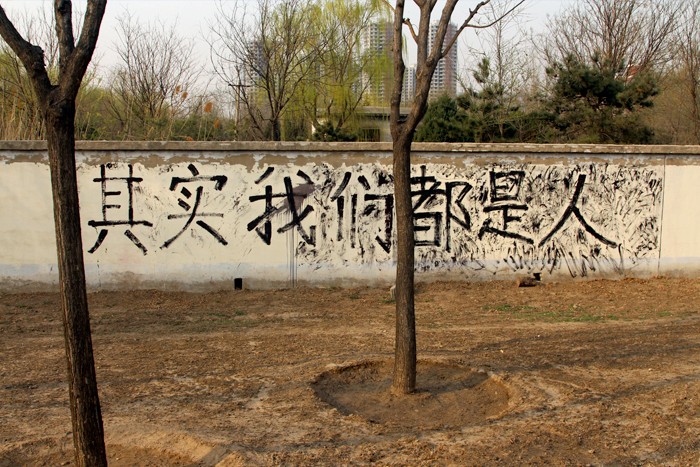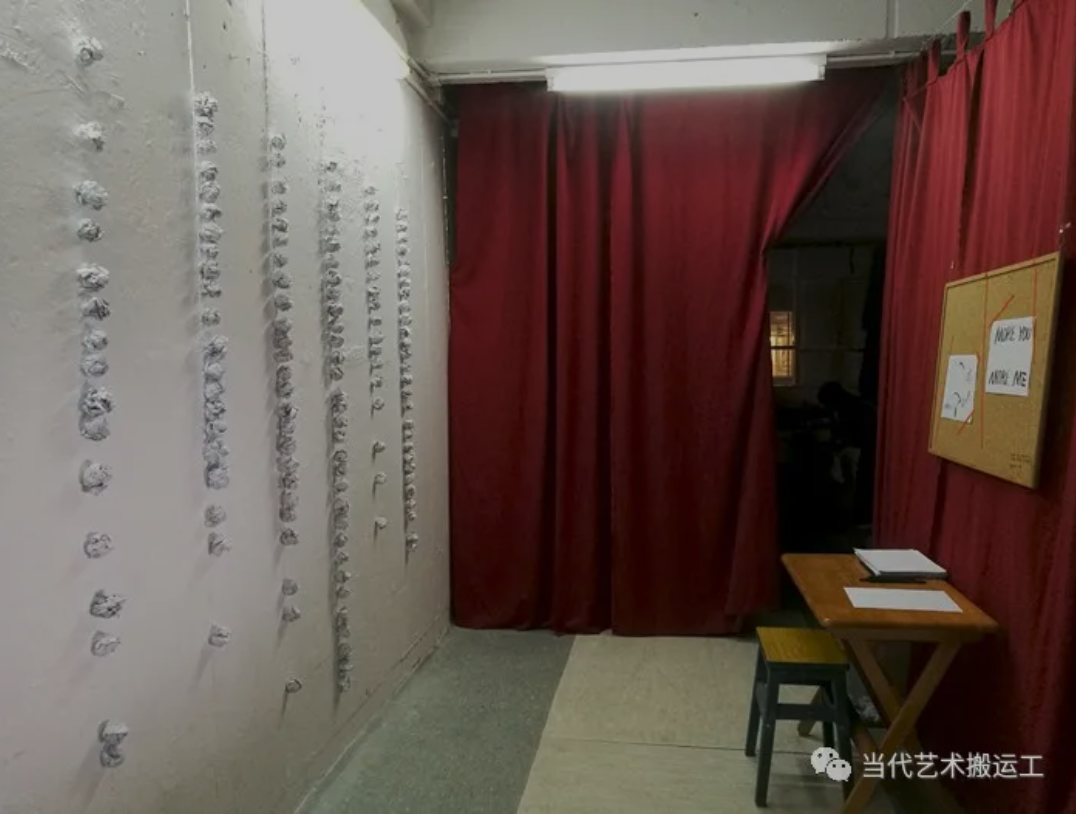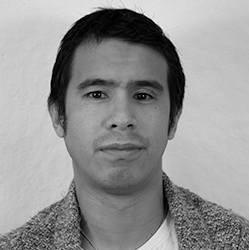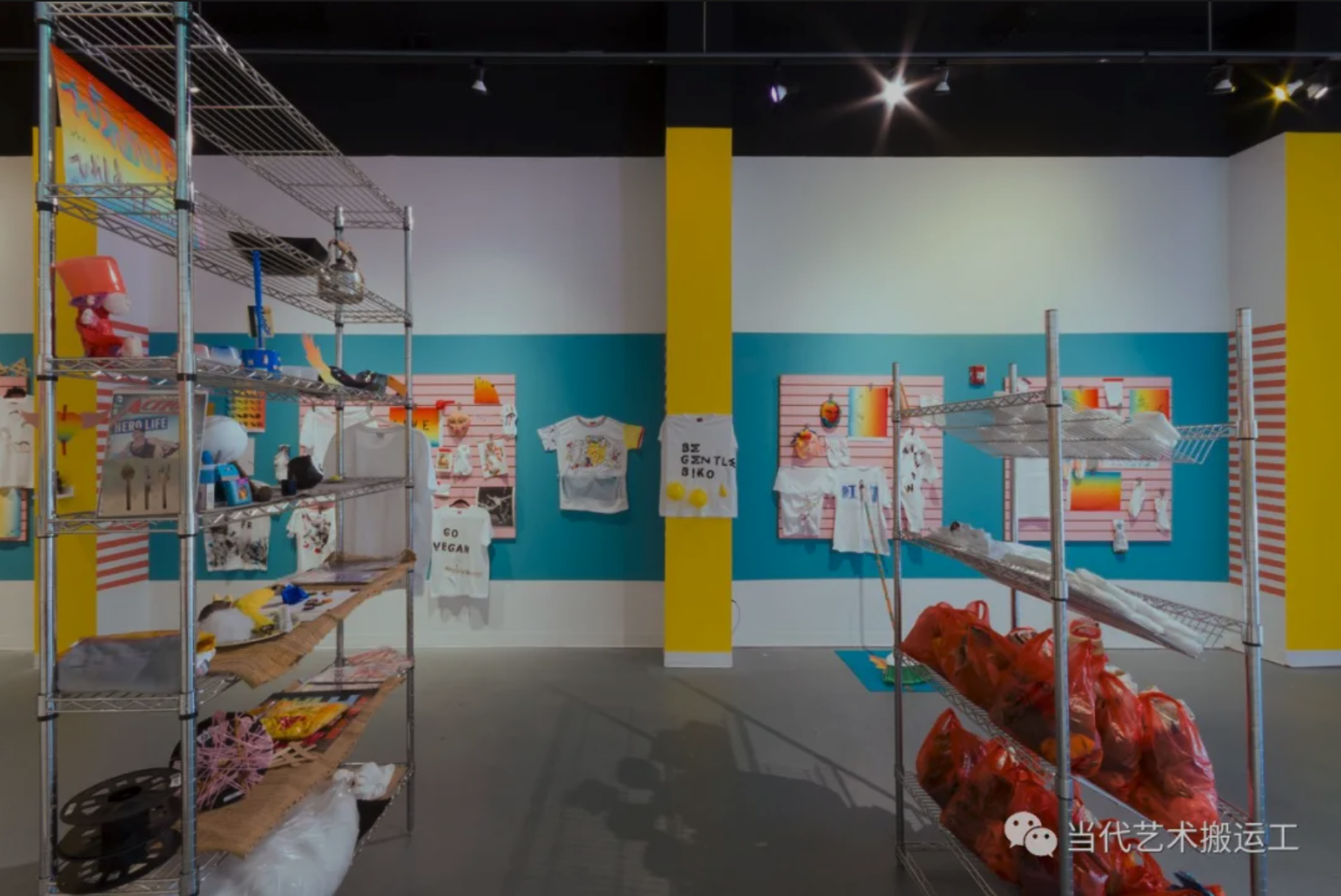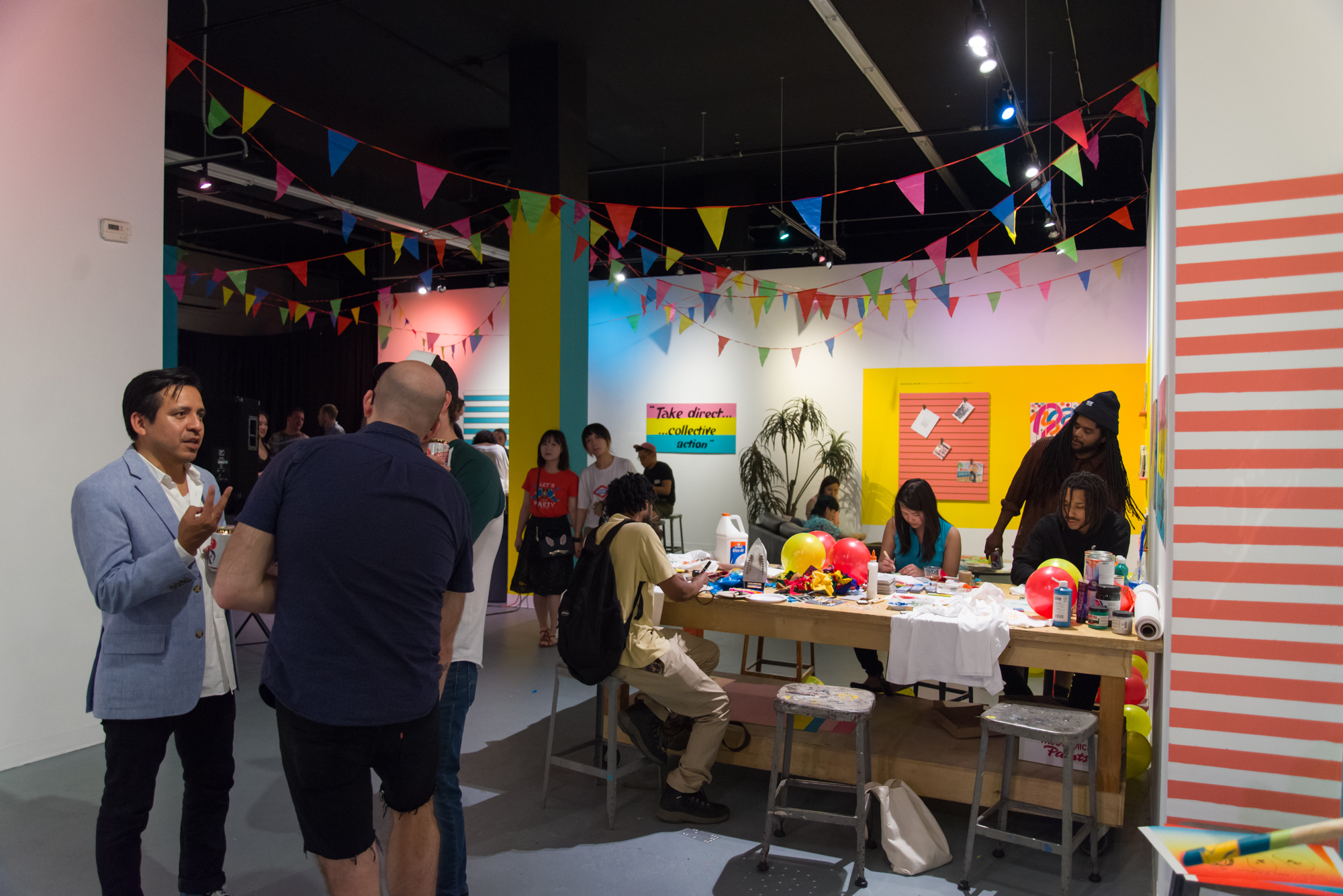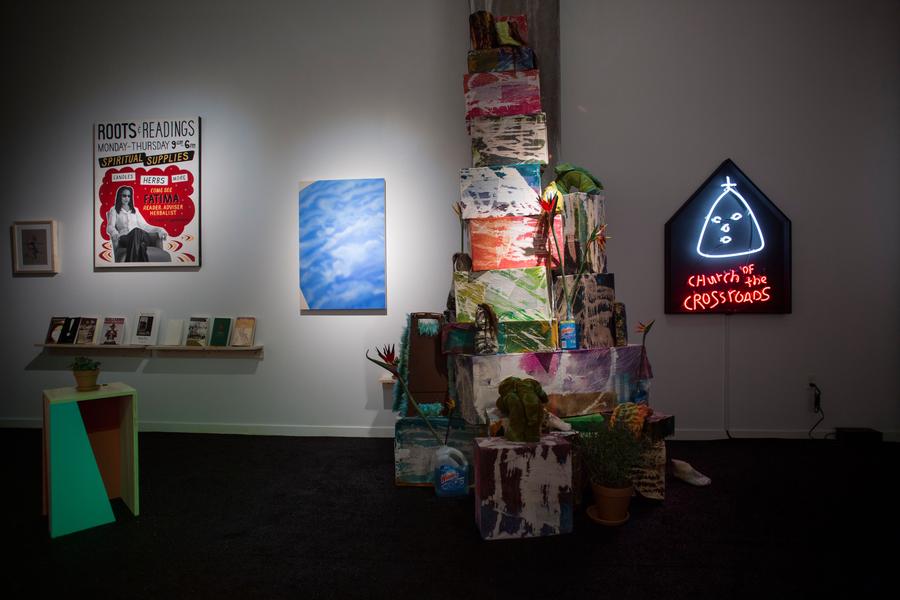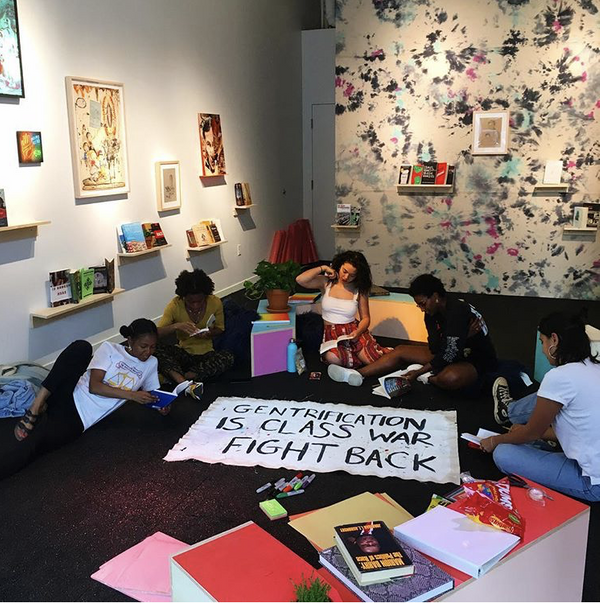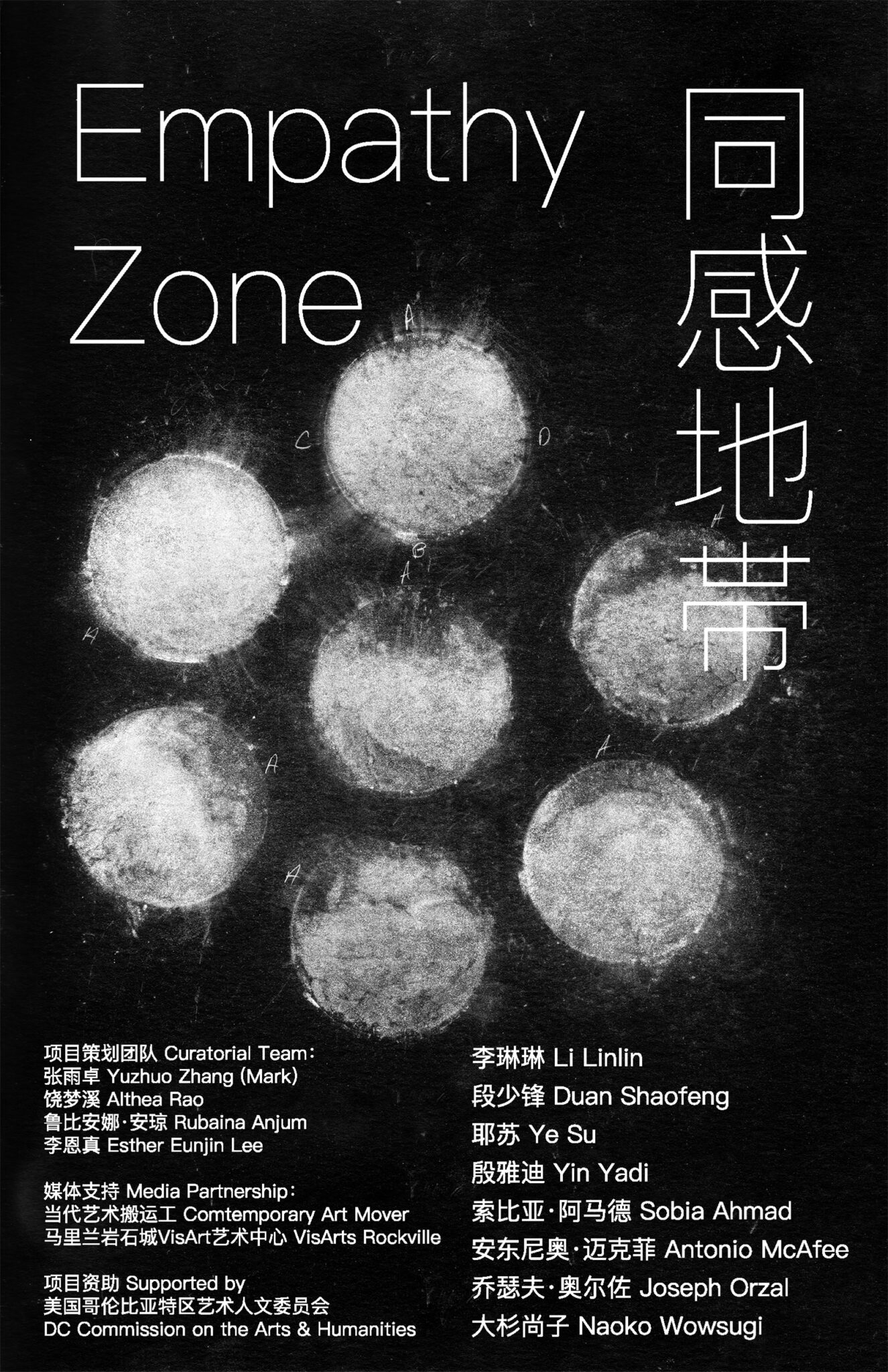
*封面设计:安东尼奥·迈克菲 Cover Art by Antonio McAfee
同感地带 | Empathy Zone
展览 两个的第一部分, 引进:
北京创作者: 李琳琳 和 耶苏
华盛顿哥伦比亚特区创作者: 索比亚·阿马德 和 乔瑟夫·奥尔佐
Exhibition Part I of II, Introducing:
Beijing Creators: Li LinLin and Ye Su
D.C. Creators: Sobia Ahmad and Joseph Orzal
♦
李琳琳 Li LinLin (北京 Beijing)
李琳琳, 1992年生于黑⻰江北安, 2016年毕业于中央美术学院空间设计系, 获学士学位。自那时起, 她便一直工作和生活于北京。李琳琳曾于2015年参与诗婢家⻘年艺术助力计划, 于2016年获法国莱俪⻘年艺术奖, 罗中立奖学金, 于2018年获1912集团新星星奖, 于2020年获ARTCLOUD中国SAP艺术大奖年度新锐艺术家 (雕塑及装置类) 等等。她的作品及手稿草图在各大知名艺术机构展出或收藏, 包括中央美术学院美术馆, 中央美术学院基础部, 银川当代美术馆, 四川美术学院美术馆, 关山月美术馆, 安仁双年展, 北京时代美术馆, 漳州市博物馆, 元典美术馆, 金鸡湖美术馆, 年代美术馆, 原美术馆, 树美术馆, 偏锋艺术空间, 单行道画廊, 零艺术中心, 1X3 GALLERY等等。
Li Linlin (b. 1992, Beian, Heilongjiang) holds BFA in Spatial Design from Central Academy of Fine Arts (CAFA). Since graduation in 2016, she has been working and living in Beijing. She was a participant in Shibijia’s Young Artist Program (2015), a recipient of LALIQUE Nova Art Prize (2016), a Luo Zhongli Fellowship (2016) and the winner of 1912 New Star Art Prize. Li’s works and manuscript sketches are in collections of the CAFA Art Museum and CAFA Foundation Department. Her large-scale installation works has been exhibited or collected by the Yinchuan Contemporary Art Museum, Sichuan Art Academy Museum, Guanshanyue Museum, Anren Biennial, Yuandian Art Museum, Jingjihu Museum, and other private art galleries including Zero Art Center, 1X3 Gallery, among others.
作品两则 Two Selected Works:
稳定构成 Stable Composition, 2019
镜面不锈钢, LED灯带, 灯泡, 假发, 老电视机, 工业梯子, 树脂等, 受邀北京时代美术馆委托制作
Mirror stainless steel, LED light rope, light bulbs, wigs, old TV sets, industrial ladder, resin (Commissioned by Beijing Times Art Museum)
“稳定构成” 这组作品主体为两个工业脚踏梯,一个倒挂在屋顶,一个落在地上。两个梯子之间相连, 上面装有各种材料的物件和日常生活用品, 比如窗户, LED 暖光灯管, 老式户外灯, 衣物, 鞋子, 以及用毛线缠绕的彩色树枝。屋顶和地面分别有不锈钢镜面台, 通过镜面不断重复反射, 把梯子无限连接在一起, 把有限的高度无限延伸。这件作品以“家的维度”为主题, 以梯子为主体的三角形暗含着稳定的结构, “家”是每个人内心都需要的一种稳定性和安全感, 是精神寄托和希望的延续, “家”是一个抽象的概念, 它不完全指变现为人们所能看到的社会构成和法定家庭模式, 更多的在于每个人对于“家”的心理精神寄托和假想, 每个人都在极尽能力的让自己生存在自我想要达到的那种生活物质精神状态中。
Stable Composition is a multimedia installation. The main body consists of two industrial foot ladders, one is hanging upside down from the ceiling and the other one has fallen to the ground. Mounted on the two ladders are daily objects of various materials, such as windows, LED light tubes, old-fashioned outdoor lights, clothing, shoes, and colored branches wrapped in woolen thread. The roof and floor are made with stainless steel mirrors; the ladders are reflected repeatedly through the mirrors, connecting infinite amounts of ladders together and extending the limited height to infinity. This work takes “the dimension/latitude of the home” as the theme, the main triangle structure outlined by the ladders implies stability. Similarly, the notion of “home” represents individuals’ natural needs for stability and security, is the continuation of spiritual support and hope. “Home” is an abstract concept, it does not fully refer to the social composition or legal family model that people can see or touch. The essence of “home” lies in everyone’s senses of belonging and imagination. Everyone is trying their best to live the kind of material and spiritual life that they see as ideal.
野人花园 Savage Garden, 2016
综合材料, (每件木箱的尺寸) 3m x 2.1m x 2.6m 9
Mixed Media, (Size of each box) 3m x 2.1m x 2.6m
“野人花园” 指的是生⻓在文明之外的生命, 摆脱旧的文化传统和社会体制的束缚, 创造无拘无束的新生命。我们生活在一个被自身创造的文明所禁锢的时代, 社会结构日趋复杂和庞大, 如同一个巨大的笼子。这个笼子的系统在高速运转着并不断进化着。这种进化速度是我们人类自身无法控制的, 就像一列高速行驶的列⻋无法停下。我们远离自然或者自然远离我们, 但我们隐藏的本性呼唤原始与野性, 渴望逃出文明与教化, 这就是我创作这组作品的初衷。在这件作品里很多内容是关于“禁锢”这个主题, 箱子本身就是封闭和令人窒息的, 包装箱代表了工业社会与价值交易, 八个箱子以各自独立的方式表达了对野性与文明之间的关系的思考。
Thriving in the Barbarian Garden are beings beyond known civilizations. These innocent new creatures are free from old traditions and not bound by any existing social norms. As humans, we live in an era where the civilizations created by us get to define us. The structure of society becomes more and more complicated, forming a gigantic cage. This system of this cage operates at a high speed, a speed beyond our control, just like a very fast train running onward not being able to stop. We are pulled away from nature, or nature is pulled away from us. Yet the deep core of our body lies our primal desire of breaking through, running away, and escaping–civilizations and traditions. This is why I made this work. So much of it is centered around the idea of “restriction”. The shipping containers themselves are closed and suffocating. They embody values of industrialization and transactions. The 8 containers are their own individual statement on the relationship between nature and civilizations.
♦
索比亚·阿马德 Sobia Ahmad (华盛顿哥伦比亚特区 D.C.)
索比亚·阿马德 生于巴基斯坦, 在14岁时移居美国。她于2016年从马里兰大学学院公园校区获得艺术创作系学士学位。她的作品已经被多家主流媒体进行报道, 包括Al Jazeera English, 华尔街邮报, The Huffington 邮报等等, 也被众多机构和个人所收藏。她的艺术在国际范围内被广泛展出, 包括洛杉矶的工艺和民间艺术博物馆, 纽约的Herbert F. Johnson艺术博物馆, 伦敦的玛丽女王大学, 女性电影人节 (Women Filmmakers Festival) 以及华盛顿的史密森学会美国艺术博物馆等。2018年, 阿马德 获得了弗蒙特艺术中心奖, 也是2019年度马里兰州洛克威尔市VisArts艺术中心的下一代艺术家奖项的获得者, 并成为2019-2020年度Halcyon Arts Lab艺术实验室项目的受邀驻地艺术家及研究者。索比亚·阿马德 的多媒介艺术实践关注个人和整体政治环境之间交织影响的各种呈现方式。通过绘制她自己个人的经历和社区故事, 并把这些与由古至今的社会政治的语境相互联系, 她强调了个人和庞大权力结构之间不可分割性。她的作品往往提出以下的相关问题: 是什么确认和驱散了我们的归属感?政治对与我们个体和社群的心智产生了何种影响?我们心灵深处对于归属感的挣扎又如何构成关于国家身份, 家的概念, 文化记忆以及性别的广泛对话?
Born and raised in Pakistan, Sobia Ahmad moved to the United States at the age of fourteen. She graduated in 2016 with Honors from the Bachelor’s in Studio Art Program at the University of Maryland College Park. Her work has been reviewed in several major publications such as Al Jazeera English, The Washington Post, and The Huffington Post and has been included in multiple collections. She has exhibited internationally–including at the Craft and Folk Art Museum in Los Angeles, the Herbert F. Johnson Museum of Art in Ithaca, New York, Queen Mary University in London, and the Women Filmmakers Festival at the Smithsonian American Art Museum in Washington DC. Ahmad received a Vermont Studio Center fellowship award in 2018, was the 2019 recipient of the Next Generation/Sanctuary Artist Fellowship at VisArts in Rockville, MD, and is a 2019-2020 Halcyon Arts Lab Fellow in Washington DC. Sobia Ahmad’s interdisciplinary practice maps the various ways the personal and the political overlap. By charting her own experiences and community narratives and weaving them with current and historical socio-political contexts, she highlights the inseparability of the self and larger power structures. The work poses questions like: What confirms or dissipates our sense of belonging? What effects do policies have on our personal and collective psyches? And how can our deeply intimate struggles of belonging inform larger conversations about national identity, notions of home, cultural memory, and gender?
作品两则 Two Selected Works:
渺小的身份 Small Identities, 2017–ongoing 至今
穆斯林移民的证件照片被印制在陶瓷片上 | 尺寸可变 (2019年6月展出时共计108 件陶瓷片)
Photo-transferred ID photos of Muslim immigrants on ceramic tiles | 108 tiles, as of February 2020, Dimensions variable
索比亚·阿马德 的另一件作品 “渺小的身份”则是对2017年川普政府对部分穆斯林国家实行旅行禁令的较直接回应, 也客观体现出这一不人道不平等的政策对伊斯兰群体, 尤其是伊斯兰移民的负面影响。艺术家首先开始从她身边的美国伊斯兰移民群体, 包括家人, 亲属, 朋友和同事等那里收集护照尺寸的证件照片, 接着将这些头像照转印到伊斯兰形制的阿拉伯瓷转上。值得一提的是, 其中的许多人出于恐惧, 不希望自己的证件照被展示出来。基于此, 艺术家在整体的雕塑群组中留了许多空白的瓷砖, 用来表示这些未被展示的伊斯兰人群。与此同时, 作为一个持续进行的项目, 艺术家也将不断地收集, 并不断的以匿名采访的形式, 记录着拒绝展示背后的缘由。护照照片上的伊斯兰面容仿佛成为了这个国家的公敌, 被指认和示众, 成为危险分子的代表, 而催生这一仇恨和不公的则是本不该出现且充满歧视意味的伊斯兰禁令。
In 2017, as the United States president issued an Executive Order to ban travel from several predominantly-Muslim countries, I began collecting passport-sized ID photos of my family, relatives, friends, and colleagues that are Muslim immigrants in the U.S. Interested in drawing connections between home and architecture and othering of this community, I began to transfer the ID photos onto Islamic-shaped ‘Arabesque’ tiles, a popular interior decoration motif in American homes. Soon, I learned that people were afraid to submit their photos, citing intense fear of violence and hatred. For every person who told me they were too afraid to submit their ID photo, I added a blank tile to the installation to represent them. Over the last two years, this project has transformed into a documentation of the widespread fear among Muslim immigrants in my immediate community. This is an ongoing project and I am also collecting anonymous interviews with those who choose not to submit their ID photo. (If you would like to participate either by submitting your ID photo or sharing why you don’t feel comfortable doing so, please contact me at SobiaAhmad92@gmail.com.)
抹去和溶解 Remove and Dissolve, 2018
丙烯酸纤维雕刻, 墨汁, 水, 布 | 33件, 每件 8.89 cm x 12.7 cm(类似标准护照的尺寸大小)
Engraved acrylic, ink, water, cloth | 33 pieces, 3.5” x 5” each (Standard passport size)
索比亚·阿马德 的另一件作品 “渺小的身份”则是对二零一六年川普政府对部分穆斯林国家实行旅行禁令的较直接回应, 也客观体现出这一不人道不平等的政策对伊斯兰群体, 尤其是伊斯兰移民的负面影响。艺术家首先开始从她身边的美国伊斯兰移民群体, 包括家人, 亲属, 朋友和同事等那里收集护照尺寸的证件照片, 接着将这些头像照转印到伊斯兰形制的阿拉伯瓷转上。值得一提的是, 其中的许多人出于恐惧, 不希望自己的证件照被展示出来。基于此, 艺术家在整体的雕塑群组中留了许多空白的瓷砖, 用来表示这些未被展示的伊斯兰人群。与此同时, 作为一个持续进行的项目, 艺术家也将不断地收集, 并不断的以匿名采访的形式, 记录着拒绝展示背后的缘由。护照照片上的伊斯兰面容仿佛成为了这个国家的公敌, 被指认和示众, 成为危险分子的代表, 而催生这一仇恨和不公的则是本不该出现且充满歧视意味的伊斯兰禁令。
In June 2018, the Supreme Court upheld President Trump’s Executive Order, which bans travel to the U.S. from several predominantly Muslim countries. While reading the official Case Syllabus and Opinion of the Court, the artist was struck by the violent and dehumanizing language used to describe those who are not U.S. citizens. The artist created a poem using text directly from the Supreme Court decision on President Trump’s Travel Ban, and engraved the words on passport size acrylic boards. The viewers were invited to dissolve these words in water, yet soon they would realize while the words may become ghostly as the ink dissolves in water, they will remain engraved. Similarly, Supreme Court rulings can be overturned, but the impact of such historical events is long lasting. The damage has already been done and the wound will take a long time to heal. It might never heal.
♦
耶苏 Ye Su (北京 Beijing)
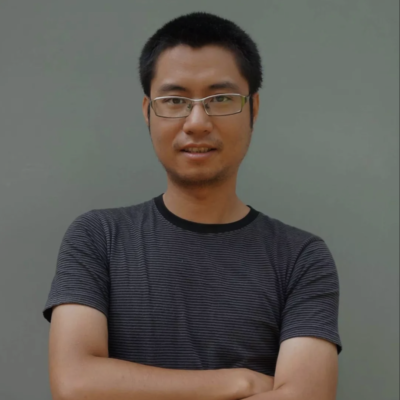
Ye Su (b. 1983, Shaoxing, China) holds a BA in Oil Painting from the Guangzhou Academy of Fine Arts and a MA in Experimental Art from the Central Academy of Fine Arts (CAFA). Ye Su is now living and working in Beijing. His art practice involves painting, installation, video and novel. He has been working on Oil Bottle, a novel that documents dreams. Plots and scenes from this book often inspire his art creation. Ye Su has exhibited at CAFA Art Museum, AMAUA Museum, Songzhuang Art Gallery, UCCA, Taikang Space, Inside-out Art Museum, Beijing Minsheng Art Museum, Tang Contemporary Art, Platform China, Gallery 55, Bridge Projects, Blue Roof Museum, Telescope Beijing, Hua International.
作品两则 Two Selected Works:
美术字 The Art Word, 2012–ongoing 至今
其实我是人 Actually I Am Human Being, 2012 | 北京 Beijing
我们写完 “其实我是人” 之后两年, 大字被环卫部门清除。2016年发现有不知名的人在旁边写下 “其实我们都是人”
“Actually I Am Human Being” was erased by a sanitation worker two years after. In 2016, an unknown person wrote “Actually We Are All Human Beings” on the same wall.
2012年起, 宋兮, 杨欣嘉, 耶苏三位艺术家以合作的方式在公共空间中展开了一系列的艺术实践。他们不局限于形式和方法, 针对具体社会场域中的空间状态, 可利用的条件及当时语境, 以“遭遇”, “突击”的方式迅速实施作品。“美术字”便是其中一个创作项目, 该项目开始于2012年年底, 一直持续发生, 至今仍然进行中。这四年间, 三位艺术家不定期的聚集, 讨论, 对各自生活的周边环境进行调查和“踩点”, 然后制定标语的内容及实施方案。他们选择北京, 上海的某些区域, 如厂房, 围墙, 河堤, 建筑物等, 用红色油漆进行标语的书写。
Since 2012, three artists, Song Xi, Yang Xinjia and Yesu, have launched a series of collaborative artistic practices in public spaces. The artists were not confined to any particular form or method. Depending on the chosen space and its environmental context, the artists implemented the works quickly as if they were “encounters” and “assaults.” “Artistic Words” is one of the many iterations. It started at the end of 2012 and has been ongoing since then. In the past four years, the three artists occasionally come together to host discussions, and they would go back to investigate and scout their own surrounding environment. Based on their findings, they then design the form and message of “Artistic Words”–slogans–to be painted on public surfaces. So far, they have created slogans in bright red paint in public areas in Beijing and Shanghai. Types of urban landscapes they’ve engaged include factories, fences, embankments, buildings and so on.
更多的你, 更多的我 More You More Me, 2018
这个项目是艺术家耶苏于2018年初在香港火炭艺术区实施的驻留项目“囤积物”中一部分。整体而言, 在十几天的时间内, 耶苏将每天的灵感, 想法, 记忆用书写或涂鸦的方式记录在A4纸上, 并揉成团粘贴到白墙上。周末, 驻留工作室向观众开放, 墙上的纸团可以被打开与观看。同时, 现场观众会被邀请参与到自由书写, 涂鸦, 揉纸团, 扔纸团的行动中。这一作品提供给年轻人以较直接但匿名的方法来寻找自我的存在和抒发内心的真实想法。扔纸团的行为也成为一种最经济便捷和本能式的宣泄手法, 与此同时, 大众或许能够通过读阅纸团中的内容找到与自己或有相似经历或同病相怜的另一个“你”。
The artist created More You More Me as part of a larger project “Hoarding” during his residency at Fo Tan Art District, HK. The residency lasted for more than 10 days. Each day, the artist wrote or drew down his inspirations, ideas, memories on pieces of letter-sized paper. He would then crumble the paper into a ball and attach them to the wall. On weekends, the artist opened up his studio to the public. Visitors were encouraged to interact with the paper balls on the wall, open them up and examine the writings. At the same time, they could also take part in the project and add their own creations to the paper ball collections following the artist’s prompt. More You More Me serves as a direct outlet for young audiences to assert their presence and express their truth thoughts, while preserving anonymity. At the same time, when reading through the paper ball collections, one might unexpectedly encounter messages left by other people that resonate strongly.
♦
乔瑟夫·奥尔佐 Joseph Orzal (华盛顿哥伦比亚特区 D.C.)
乔瑟夫·奥尔佐是一个来自华盛顿的菲律宾和墨西哥裔美国艺术家, 策展人和艺术合伙人。他于2010年从Corcoran College of the Art艺术学院取得学士学位。自那以后, 他便广泛参与各类艺术展览。2019年, 他取得了美国马里兰艺术学院 (MICA) 策展实践硕士学位。他的作品从实体和情感两个层面相结合的视角, 对于人类生活状态以及西方社会中可感知但不可言说的有关种族, 性和阶级区分等议题作出观察与反思。在Corcoran艺术馆工作一段时间并离开后, 他在华盛顿联合创立了NoMüNoMü,一个专注艺术家社群和策展的文艺平台。该平台主要关注艺术界的独立性和自主性。
Joseph Orzal is a Filipino-Mexican-American artist, curator, and serial collaborator from Washington DC. He received his BFA from the Corcoran College of the Art in 2010 and has been actively exhibiting since then. His works combine physical and emotional observations of the human state and mine the palpable yet unspoken intricacies of racial, sexual, and class distinctions in Western societies. After his glorious departure from the Corcoran Gallery of Art, amidst his involvement with the Save the Corcoran group, he co-founded NoMüNoMü–an intersectional artist collective and curatorial platform in Washington DC working towards liberation from the perpetual systems of oppression and class domination that permeate throughout the artworld.
作品两则 Two Selected Works:
清仓大甩卖 Everything Must Go, 2018
展览:“清仓大甩卖”, 空间营地艺术空间
Everything Must Go took place at SpaceCamp Gallery, Baltimore MD.
“清仓大甩卖” 更像是一场介于艺术与非艺术之间的展览项目, 是一次纯粹的以物易物的实践成果的持续展示, 是一次拒绝货币交易基准的乌托邦式尝试, 也是一场对现有购买方式, 货币职能, 物品价值, 废品界定, 生产方式以及定价机制的反思和实验。展览标题很像是一条广告语, 一种营销的噱头。此次的展览现场, 或许更像是一个跳蚤市场或是不规则商贸集市, 任何展出的物品都可以通过一种与观众进行某种协商认同的等价易物的方式进行交换并获取。在这个自由且等价值易物的商品市场, 你口袋的钱将不再管用。现场的任何物品可以被以任何方式进行重组, 改变和展示, 于是乎, 参观者成为了艺术家, 生产者/工人和消费者, 正如现场的全白T 恤可以被参观者任意涂抹, 并再次放上货架, 而在接下来的某一时刻, 这件经过加工和创作的独一无二的T恤极有可能被另一位带着物品的观众以某种协定的方式, 通过一物交换一物的方式带走, 但按照易物法则, 该件被用来交换T 恤的物品将作为艺术品也是商品继续被展出和“ 售卖”。(展览由以下人士联合策划: 岑璟峣Joan Cen, 李旻姿Minzi Li, 仲嘉懿Jiayi Zhong, Jared Christensen, Rhonda Dallas, Maria Emilia Duno, Josh Gamma, Tracey Jen, & Allie Linn)
Everything Must Go ambiguously sits in between Art and Non Art. The project is a bartering experiment, an Utopian proposal of an alternative mode to capitalism trade rules. Questions central to the artwork’s examination: Where do the things we consume come from? Who makes them? How do we determine the value of a thing? How do we decide that it no longer has value? What do we exchange in order to obtain it? And who decides how this is done? The project invites audiences to rethink established systems of exchange and the elements of creation, production, consumption, possession, waste, and value(s) functioning within them. The title, “Everything Must Go”, intentionally repurposed an advertising slogan and a call to action. During the exhibition–or say, flea market–the concept of “prices” were shaken and seriously challenged, as creative labor can be exchanged for anything in this store that is deemed to be of equal value. Money’s no good here. All art objects are free to be disassembled, reassembled, disregarded, or destroyed, and in this way the visitors become consumers, laborers and artists. Anything altered and produced within this space becomes a work of art as well as a product. (The exhibition is co-curated with Joan Cen 岑璟峣, Jared Christensen, Rhonda Dallas, Maria Emilia Duno, Josh Gamma, Tracey Jen, Minzi Li 李旻姿, Allie Linn & Jiayi Zhong 仲嘉懿.)
乐观主义佛教徒 Hedonist Buddhist, 2019
展览:“乐观主义佛教徒,” 华盛顿艺术项目中心
Hedonist Buddhist took place at the Washington Project for the Arts, D.C.
“乐观主义佛教徒” 这一表述来自齐泽克, 他认为当下拒绝合理抗争的平和佛教徒状态可能从另一面体现了资本主义的精神内核。该策展项目意在关注华盛顿地区的旧城区改造的贵族化, 生活成本的上涨, 边缘人群的生活状况, 商业资本的侵蚀以及本地区原有文化的消逝等等议题。乔瑟夫自己在成长过程中, 因为生活成本及租金的上涨, 有过多次搬家易地的经历。他也曾因为地段拥有者和开发商希望建设更具商业营收的贵族公寓或商业用地而被迫搬离自己熟悉的工作室, 这也对他造成了心理上强烈的的不安全感和不稳定感。这次展览在华盛顿的一家非营利性艺术空间华盛顿艺术项目中心 举办, 呈现了八位艺术家创作的作品, 以及支持他们作品的研究文献及书籍。艺术空间所在的 肖氏街区也是华盛顿当下资本改造原有社区, 以及由于商业的进驻造成房价飙升和生活成本抬高的代表。与此同时, 艺术家们也将相关主题的一些文献资料展示于展览现场。乔瑟夫作为策展人, 希望借此项目创造一个能够给大众, 包括受牵连人群以及被迫离开此地的群体等, 提供一个阅读, 交流, 分享, 在此留驻的安全空间, 而在此地短暂举办这场展览和系列活动, 对部分不得已离开的群体而言, 也是一种通过艺术所能做到但实则无伤大碍的暂时性解决途径。
The project’s name “Hedonist Buddhist” originally came from the philosopher Slavoj Zizek, who once elaborated that Buddhism is probably like the new spirit of capitalism, as opposed to Protestantism. This project responds to the rise of gentrifiers who have imposed a new consumptive lifestyle upon several historically marginalized neighborhoods in DC and endangered local histories and cultural traditions. The artist himself is one of the many who are impacted by this process. Growing up in D.C., he had to move several times because of rising housing and living costs. He also lost his art studio space due to new real estate development — luxury apartments, bars and commercial projects. This personal experience of insecurity and precarity led to an artistic intervention in partnership with the Washington Project for the Arts, resulting in an artist-curated bookstore, exhibition, and performance space that showcased and supported the works of eight local artists. Through transforming an exclusionary retail environment in Shaw into a solution-oriented community space, the artist aimed to physically and symbolically provide a temporary sanctuary for people feeling the consumptive pressures of gentrification, the loss of cultural connection, and the inevitability of displacement. In this space for dialogues and critical examination, like-minded allies will find opportunities to cultivate new methods of resistance.
♦

